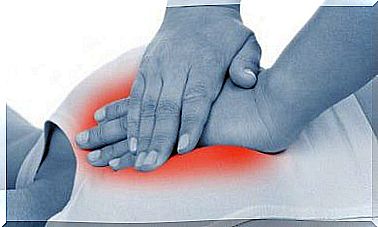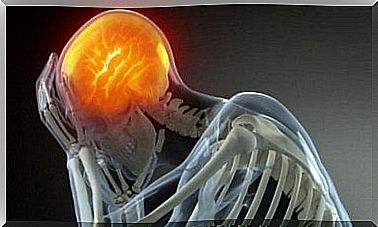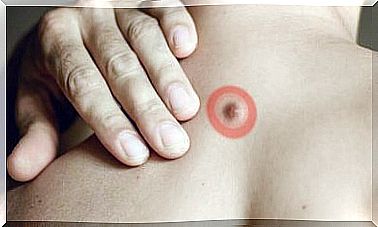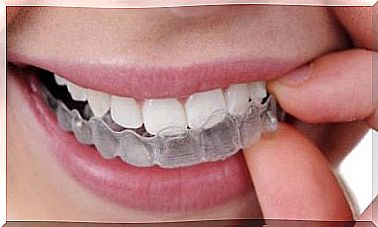Spondylolisthesis: The Most Common Symptoms
When a vertebra moves forward, it is called spondylolisthesis. What are the symptoms of this condition? How can we detect it?
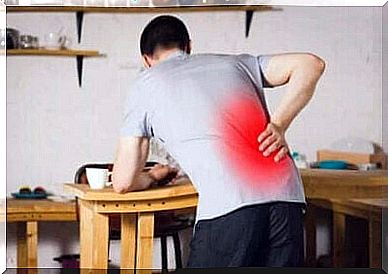
Spondylolisthesis is a condition that refers to the displacement of a vertebra onto the one below. It usually affects people over 40. You may have heard of the terms degenerative, congenital, or isthmic spondylolisthesis before. However, the first is currently the most common.
This term was coined by Newman in 1963, and today there are different treatments available depending on the severity of the disease. We will discuss them at the end of this article.
What is spondylolisthesis?
Its symptoms
Usually, spondylolisthesis affects the bones of the lower back. Some cases also occur in the central part of the back, but these are not the most common.
How to identify it? Despite the symptoms that can alert, it should be noted that many patients do not feel anything.
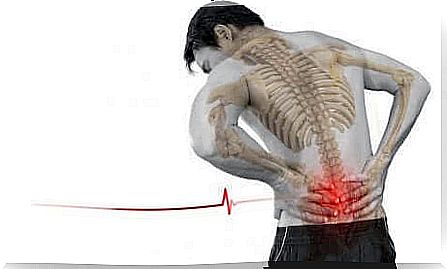
As a result, spondylolisthesis sometimes goes unnoticed, worsening its condition and presenting, years later, much more serious symptoms. Let’s see some of them that manifest in people with spondylolisthesis:
- Back pain: This is the most common symptom and it appears as a jerk. The pain is sharp and spreads to the lower back
- Weakness in the lower limbs: This can cause the person to walk with the knees slightly bent and take short steps. In this case, it is normal to feel tingling as well as tingling
- Tension in the hamstrings: Another symptom of spondylolisthesis is the presence of tension, for no apparent reason, in the posterior part of the thighs. It sometimes occurs with spasms
- Loss of sphincter control: This symptom is quite unusual but it can occur in some patients. Due to the weakness of the lower limbs, the control of the sphincters may be impaired
Physical manifestations
The symptoms mentioned above are not the only ones that can alert us to the presence of spondylolisthesis. Indeed, if none of them presents itself, we can be vigilant to certain physical manifestations which can attract our attention. For example :
- The abdomen is protruding
- The torso seems shorter
- Curves form in the lower back (sag)
These physical manifestations can go unnoticed. However, if we are careful, it will allow us to go to the doctor so that he can perform one of the main effective examinations for his diagnosis: x-rays. It will therefore be possible to see if there is a displacement of the vertebra.
In some cases, the doctor may require more specific examinations such as a computerized tomography or magnetic resonance scanner. Thanks to these tests, it is possible to observe cases of spondylolisthesis more clearly. What if it also affected the bones and nerves.
Complications of spondylolisthesis
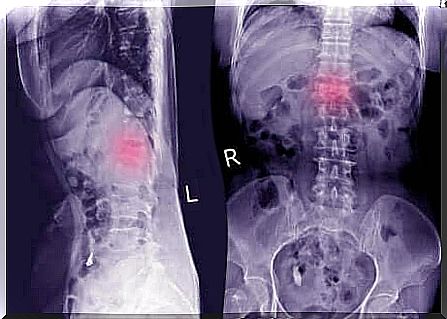
Despite the symptoms mentioned, there are possible complications of this condition which can have a serious consequence on the quality of life of patients. For example, persistent pain in the back can cause the person to adopt a sedentary lifestyle and in so doing, gain weight.
On the other hand, inactivity will only promote loss of flexibility and muscle strength, as well as bone density.
Another repercussion is rigidity. However, if we have to warn of a serious enough complication, it is the possibility of permanently damaging the nerve on which the slipped vertebra presses.
Finally, despite all this, there are different treatments. The most conventional is to follow physiotherapy sessions by strengthening the back region and correcting posture . In other circumstances, surgery is necessary. The vertebra that has moved is then put back in place and can be fixed with a screw so that it does not move.
We recommend that you report any back discomfort to your doctor. Especially if these annoyances occur every day. It is also important to adopt adequate postural habits in order to prevent, or at least reduce, the development of this type of complications. Unless they are congenital.
